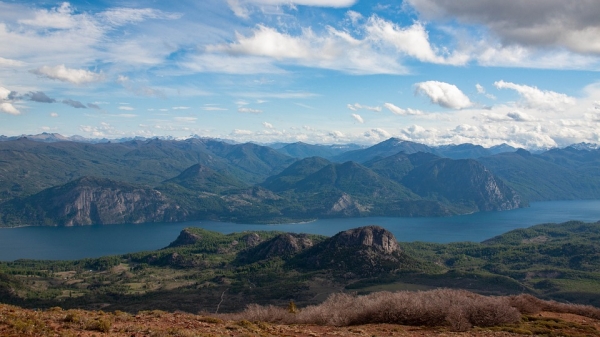A new scientific study by researchers from the University of Liège shows that rivers in the Andean mountains contribute 35% and 72% of riverine emissions of carbon dioxide (CO2 ) and methane (CH4 ) in the Amazon basin, the world's largest river. This study is published in the journal Communications Earth & Environment.
Rivers contribute substantially to global emissions of carbon dioxide (CO2) and methane (CH4). The Amazon River, the World's largest river, plays an important role in greenhouse gas (GHG) emissions. It is the largest river on the planet in terms of freshwater flow," explains Alberto Borges, FNRS Research Director at the FOCUS Research Unit (Faculty of Science) at ULiège. We are talking about a discharge of 6,600 cubic kilometres of water per year. It is also the largest hydrographic basin with a surface area of 6,300,000 km2, which is comparable to the size of the United States of 9,834,000 km². In addition, the Amazon River drains the largest rainforest on the planet, which provides rivers with large amounts of organic carbon that is transformed by microbes into CO2 and CH4, and then emitted across surface waters into the atmosphere."
The Amazon River originates (headwaters) in the Andes Mountains and flows through Peru, Colombia, Ecuador and Brazil to the Atlantic Ocean. The erosion of rocks at the river's headwaters in the Andes is the main source of mineral particles that are transported about 3,000 km across the South American continent to the river's mouth at Belem, Brazil, where they flow into the Atlantic Ocean. “All the studies on CO2 and CH4 emissions to the atmosphere by Amazon rivers have been carried out so far in the plains of the central Amazon, at least 1,000 km from the Andes," says Alberto Borges, "whereas mountain rivers show very different rates of CO2 and CH4 emissions from those of lowland rivers.
Read more at University of Liege
Photo Credit: sorondojp via Pixabay


